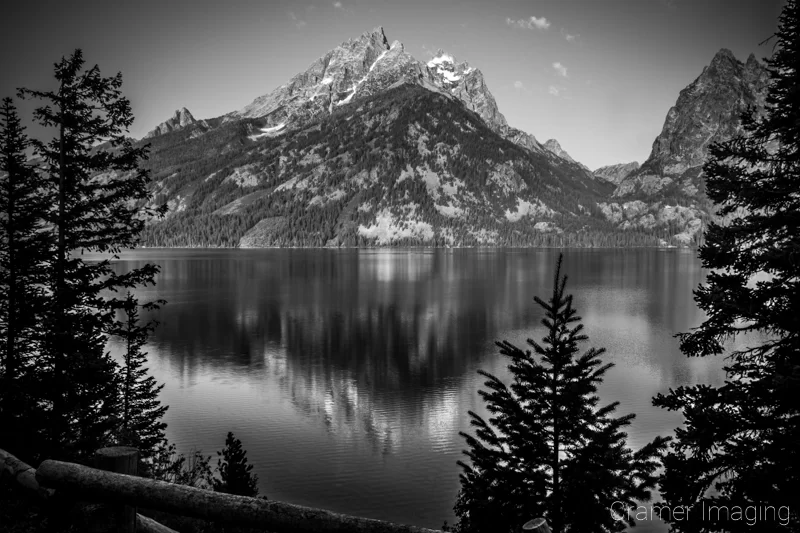I recently ran into a quote which really seems to sum up photography for me. Of all places, it came from the father of landscape photography himself: Ansel Adams. So, I thought I would share my thoughts on this particular quote with you. Let’s discuss how the negative is the composer’s score.
Let’s start things off on the right foot. I’m going to open with the quote so that you know just what I am talking about.
“The negative is the equivalent of the composer’s score, and the print the performance.”
– Ansel Adams
Those of you who are familiar with music and classic photography will have to excuse me as I explain a couple of the critical concepts here for those who are less familiar.
Quick Definitions
Negative: a strip of already exposed light sensitive film where the light/dark and color areas are reversed from each other. This film is used to create the final print. Most photography has moved away from traditional film and negatives in favor of raw and digital photos. Demo below of color and monochrome photos.
Composer’s Score: the piece of music in front of band or orchestra conductor having every single part in the music in the score. There can be one or multiple parts in a score. The conductor then interprets the score in front of him/her to create the musical performance with the ensemble.

My Thoughts

I grew up around music so I completely understand the sentiment of the quote above. It makes so much sense to me. I even used a similar music analogy for my own artist statement. That’s how much sense this quote makes to me.
The composer writes the music. When it comes to photography, you could substitute in God or any other supreme being/creator whom you believe in. Once the subject/music is created, then it goes into the hands of the conductor/photographer. He or she is able to then interpret upon the initial foundation. That’s where the score and the negative come in.
With a score, a conductor can direct an ensemble to be louder, slower, faster, softer, more punctuated, more lyrical, etc. or even to omit a portion of the score deemed unnecessary for the performance. With a negative, a photographer can brighten, darken, sharpen, saturate colors, and more to make the final print into something worth looking at. So, the analogy is perfect.








